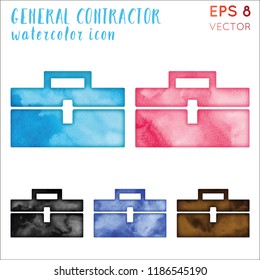Variables To Take Into Consideration For Commercial Outside Painting By Season: Important Information You Should Have
Variables To Take Into Consideration For Commercial Outside Painting By Season: Important Information You Should Have
Blog Article
Web Content Develop By-Burnham Rodriquez
When you're planning a business outside painting project, seasonal factors can make or damage your outcomes. You'll intend to consider how temperature level and humidity influence paint application and drying out times. Picking the appropriate period can guarantee your paint adheres appropriately and lasts longer. However which periods are genuinely the best for this type of job? Allow' house painters edmonton out the key elements that can influence your task's success.
The Influence of Temperature Level on Paint Application
When you're planning a business external paint task, the temperature can considerably affect exactly how well the paint sticks and dries out.
Preferably, you intend to paint when temperatures vary between 50 ° F and 85 ° F. If it's also chilly, the paint may not heal effectively, resulting in problems like peeling or breaking.
On the flip side, if it's as well hot, the paint can dry also quickly, stopping proper adhesion and causing an uneven finish.
You should likewise take into consideration the time of day; morning or late afternoon uses cooler temperature levels, which can be more beneficial.
Constantly inspect the producer's referrals for the particular paint you're making use of, as they typically offer advice on the optimal temperature level variety for ideal outcomes.
Moisture and Its Effect on Drying Times
Temperature isn't the only environmental variable that influences your industrial outside painting project; moisture plays a substantial function also. High moisture degrees can reduce drying times significantly, affecting the total high quality of your paint job.
When the air is filled with wetness, the paint takes longer to cure, which can result in issues like poor attachment and a higher risk of mildew growth. If you're painting on a particularly moist day, be prepared for prolonged wait times between coats.
It's crucial to keep track of local climate condition and plan appropriately. Preferably, aim for moisture levels in between 40% and 70% for optimum drying.
Keeping your input here consider mind ensures your job stays on track and delivers a lasting coating.
Best Seasons for Commercial Exterior Paint Projects
What's the very best time of year for your industrial outside paint tasks?
Spring and early autumn are typically your best bets. Throughout these periods, temperatures are mild, and moisture degrees are frequently reduced, creating optimal conditions for paint application and drying.
Avoid summer season's intense heat, which can trigger paint to completely dry as well rapidly, causing poor attachment and surface. Similarly, winter's chilly temperatures can hinder correct drying and curing, taking the chance of the long life of your paint task.
Aim for days with temperature levels in between 50 ° F and 85 ° F for optimal results. Keep in mind to inspect the neighborhood weather report for rain, as wet conditions can destroy your task.
Preparation around these aspects guarantees your paint job runs efficiently and lasts much longer.
Final thought
In conclusion, preparing your commercial external painting jobs around seasonal factors to consider can make a significant distinction in the outcome. By organizing work throughout the optimal temperatures and humidity degrees, you'll guarantee much better bond and drying out times. Remember to keep an eye on local weather report and pick the correct time of year-- spring and very early autumn are your best bets. Taking these actions will help you attain a long lasting and professional coating that lasts.
